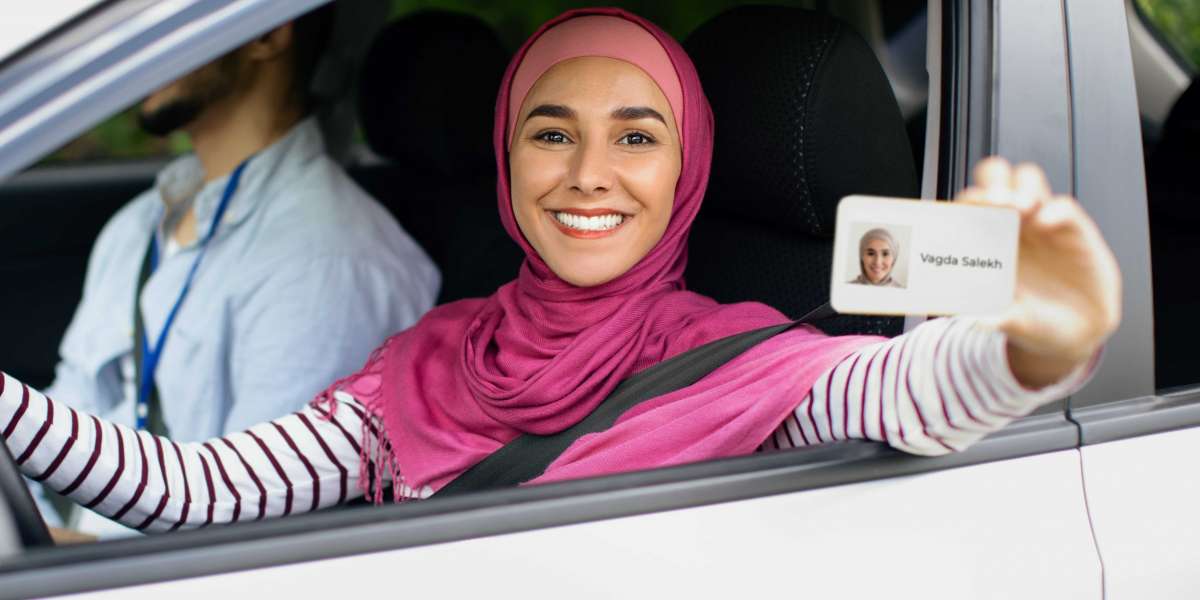Understanding the UK Driver's License: A Comprehensive Guide
In the United Kingdom, getting a driver's license is a critical step towards independence and movement. It is not only an entrance to personal flexibility but likewise a significant responsibility. This article looks for to detail the process of getting a driver's license in the UK, the numerous categories of licenses, and some crucial guidelines that drivers should comply with.

Kinds Of UK Driver's Licenses
Before diving into the application procedure, it is important to understand the various types of driver's licenses readily available in the UK. The main classifications are:
Provisional License: This is the primary step for anybody aiming to learn to drive. It enables the holder to practice driving while under the guidance of a qualified driver.
Complete License: Once the driving test has been effectively finished, the person will receive a full driver's license, which permits them to drive separately.
Special Licenses: There are special licenses for particular lorries such as bikes (Category A), buses (Category D), and trucks (Category C).
European Driving License: Though it is distinct from the UK driver's license, the European driving license permits for driving in lots of EU countries without the need for an extra permit.
The Process of Obtaining a UK Driver's License
1. Apply for a Provisional License
To start the journey towards obtaining a driver's license, aiming vehicle drivers need to first look for a provisional license. Here's how to do it:
- Eligibility: Applicants need to be at least 15 years and 9 months old.
- Application: Individuals can apply online or through postal services by submitting a brochure from the Driver and Vehicle Licensing Agency (DVLA).
- Charge: A charge is needed for application (since 2023, it's about ₤ 34 online and ₤ 43 through post).
- Identity Proof: Acceptable identification includes a passport or a biometric house license.
2. Prepare for the Theory Test
Once the provisional license is acquired, the next step is to get ready for the theory test, which assesses a student driver's understanding of road rules and threats. This includes:
- Multiple-Choice Questions: A series of concerns based upon the Highway Code.
- Hazard Perception Test: An evaluation to identify possible hazards while driving utilizing video.
3. Take Driving Lessons
It is typically suggested to take expert driving lessons from an Approved Driving Instructor (ADI). These lessons supply vital hands-on experience and knowledge about road safety, in addition to assisting learners end up being comfy behind the wheel.
4. Book the Practical Driving Test
After passing the theory test and acquiring enough driving abilities, learners must schedule a useful driving test through the DVLA. The testing procedure normally involves:
- Driving Maneuvers: Candidates are evaluated on their ability to perform essential driving techniques such as parallel parking and emergency situation stops.
- Road Safety Compliance: Demonstration of compliance with roadway signs, signals, and rules.
5. Acquire a Full Driver's License
Upon success in the practical driving test, the candidate will receive a pass certificate which enables them to request a complete driver's license. The DVLA will send out a complete license if all requirements have actually been satisfied.
Driving Regulations and Responsibilities in the UK
Once a complete driver's license has actually been gotten, it is important for Drivers license uk; https://www.mohamedhalen.top, to understand and adhere to the laws and guidelines governing roadway usage in the UK. Here are a few key responsibilities:
- Insurance: It is mandatory for all drivers to have legitimate car insurance coverage before getting behind the wheel. This secures versus financial loss from mishaps or theft.
- Roadway Tax: Vehicle import tax duty, frequently called road tax, must be paid yearly.
- MOT Test: Cars older than three years should go through an annual MOT (Ministry of Transport) test to guarantee their roadworthiness.
- Adhere to Speed Limits: Each roadway has actually designated speed limits that need to be followed.
- Usage of Seatbelts: Wearing seatbelts is mandatory for drivers and passengers.
Frequently Asked Questions about UK Driver's License
1. How long does it take to get a driver's license in the UK?
The time required to acquire a driver's license differs considerably in between individuals. Typically, students spend about 45 hours getting trained with an instructor, followed by an extra 22 hours of private practice. After scheduling tests, the processing of applications can also take a few weeks.
2. Can I drive with a provisionary license?
Yes, you can drive with a provisionary license, but you must be accompanied by a driver who is at least 21 years of ages and holds a complete license for the type of lorry being driven.
3. What happens if I fail my driving test?
If you fail your driving test, the examiner will supply feedback on locations for enhancement. You can retake the test, however it is normally recommended to take a few additional lessons to strengthen your skills before trying again.
4. Can I drive in the UK with an EU driving license?
Yes, EU driving licenses stand in the UK. Nevertheless, those preparing to stay in the UK for more than 12 months ought to think about exchanging their EU license for a UK one.
5. What do I need to do if I lose my driving license?
If your driving license is lost or stolen, you ought to report it to the DVLA and make an application for a replacement. You will need to offer recognition and pay a charge.
Browsing the procedure of getting a driver's license in the UK can appear challenging, however comprehending each action simplifies the journey. From getting a provisionary license to passing the practical test, each stage lays the groundwork for responsible driving and compliance with the laws governing road usage. Always keep in mind that driving is a benefit that comes with obligations, and continued adherence to the policies ensures the safety of all road users.







